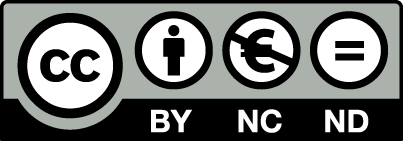Zusammenfassung:
Governments, worldwide, are committed to achieving sustainable development goals (SDGs). In a context where urban agglomerates consume roughly 80% of the global energy, of which buildings account for 40%, energy-efficient buildings can make a significant contribution to meeting SDGs 11 and 13. Currently, the implementation of energy efficiency measures (EEMs) in building is constrained by socioeconomic and technical barriers. Using empirical survey data, the drivers that affect both the supply of and demand for EEMs were identified. These drivers were then categorized within four clusters according to their importance in meeting supply and demand priorities. The following critical drivers were identified: standardization, low transaction costs, energy prices, and stability of the regulatory framework. The findings indicated that an effective energy policy provides consumers with reliable information and project developers with a stable regulatory environment. Investment behavior is rational and responsive to reliable information that prompts a switch toward sustainable building choices.

